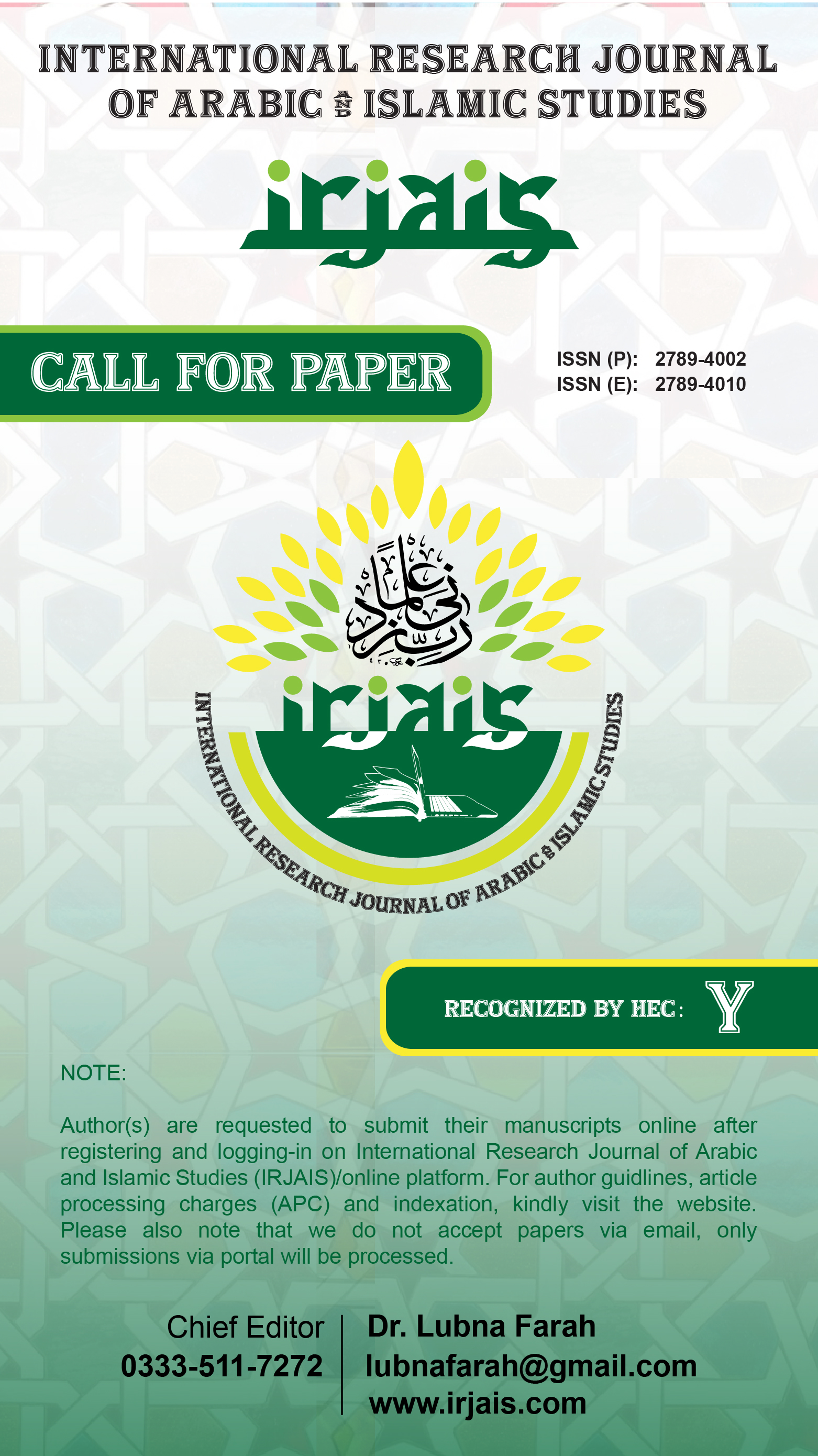ائمہ اربعہ و مابعد کی تقنین اسلامیہ میں مساعی : شرعی مقصودات کا جائزہ
The Contributions of the Four Imams and Beyond in Islamic Jurisprudence: A Review of Legal Efforts Towards Sharia Objectives
Keywords:
Four Imams, Islamic jurisprudence, maqasid al-shariah, Sharia objectives, legal reasoningAbstract
This study examines the contributions of the Four Imams and subsequent scholars in Islamic jurisprudence, focusing on their efforts to uphold Sharia objectives (maqasid al-shariah). The Four Imams—Imam Abu Hanifa, Imam Malik, Imam Shafi'i, and Imam Ahmad ibn Hanbal—laid foundational principles in Islamic law, each contributing unique perspectives and methodologies that shaped legal reasoning and application. Beyond the Four Imams, later scholars continued to refine these principles, adapting them to diverse socio-cultural contexts while remaining faithful to the higher objectives of Sharia.The research reviews how these jurists interpreted and applied Sharia objectives, encompassing the preservation of religion, life, intellect, progeny, and property. It explores the evolution of legal thought and the adaptation of Islamic jurisprudence to meet contemporary challenges, maintaining relevance while upholding ethical and moral principles. Through a comprehensive analysis of primary sources and scholarly discourse, the study offers insights into the dynamic development of Islamic legal theory and its ongoing relevance in modern contexts.





